Selecting the appropriate roof ventilation system is essential for both comfort and the lifespan of your home. Proper ventilation brings in fresh air, controls attic temperatures, and safeguards your investment. With over 25 years of experience in roofing at Shield Roofing in San Antonio, TX, we can assist you. Whether you’re adding a new vent or enhancing your existing system, grasping the differences between passive and active options will guide you in making the optimal decision for the distinctive climate of San Antonio.
Understanding Roof Ventilation
A well-designed ventilation system is crucial for any San Antonio home. The right roof ventilation keeps your attic cool, prevents heat buildup, and enhances energy efficiency. Without proper ventilation, attics trap warm air and moisture, which can lead to higher energy bills and potential damage.
Local weather conditions—like high heat, humidity, and sudden storms—can affect the performance of different types of vents. Working with a knowledgeable roofing contractor ensures your system matches the demands of San Antonio’s climate and your home’s roof design.
The Importance of Proper Attic and Roof Ventilation
Effective attic and roof ventilation is vital for a healthy home. It regulates temperature and moisture, preventing heat buildup and mold growth, which can lead to costly repairs. Adequate ventilation also improves energy efficiency, lowering energy bills. Without it, your roof’s longevity may suffer from issues like winter ice dams or summer heat. Using the right vents—passive or active—ensures optimal airflow and temperature control, protecting your home’s structure and comfort.
Common Signs Your Roof Needs Better Ventilation
A well-ventilated roof is crucial for your home’s integrity. Signs of inadequate ventilation include moisture buildup, which can cause mold or ice dams in winter, and excessive attic heat, leading to higher energy bills.
Warped or discolored roof decking often results from prolonged moisture and heat exposure. A persistent stale or musty smell indicates poor air circulation, signaling the need to review your roof ventilation. Addressing these issues promptly can prevent costly repairs and extend your roof’s lifespan.
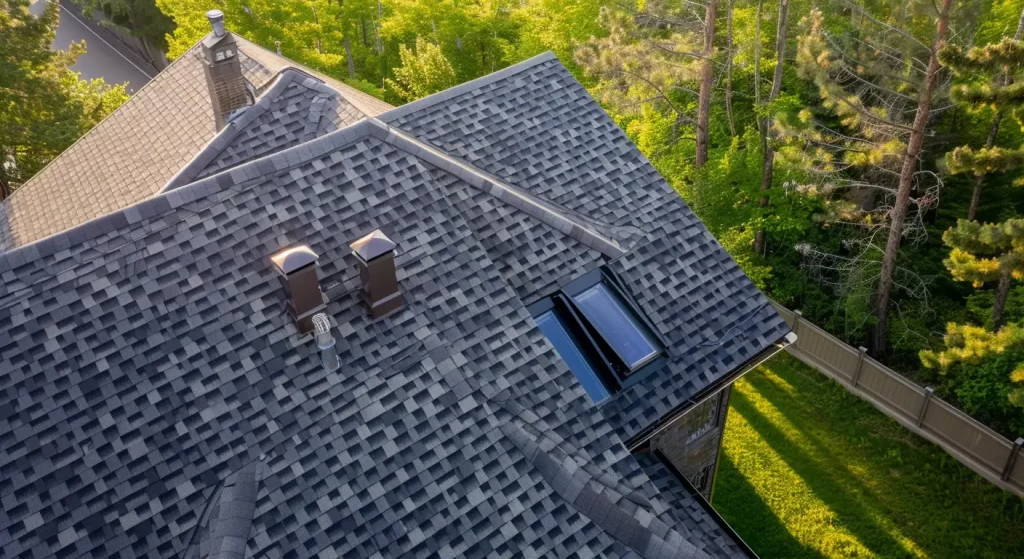
Introducing Passive Roof Ventilation Systems
Passive ventilation systems depend on natural airflow to keep your attic and roof space cool and dry. By leveraging intake vents and exhaust vents, passive vents let fresh air in and push warm, humid air out—no motors or power sources required. These systems are popular because they are low-maintenance and cost-effective.
Not sure if passive vents are any good? For many San Antonio homes with simple roof designs, passive ventilation offers reliable performance and long-term savings. Next, we’ll explain how passive ventilation works to protect your roof and your comfort.
How Passive Ventilation Works
Passive ventilation harnesses natural forces to improve airflow without mechanical systems. By strategically placing roof and soffit openings, warm air escapes while cooler air is drawn in. Convection plays a crucial role; as warm air rises through ridge vents, it creates negative pressure that pulls in fresh air from intake vents, ensuring effective attic ventilation.
This energy-efficient system relies on temperature differentials and external conditions, requiring no electricity and reducing long-term costs. Passive vents also expel moisture, minimizing mold growth and heat buildup, thus extending your roof’s lifespan.
Main Types of Passive Roof Vents
Various types of passive roof vents play a crucial role in enhancing attic ventilation and promoting proper airflow. Ridge vents, located along the roof peak, work effectively to expel warm air, while soffit vents serve as intake vents, allowing fresh air to enter from below. Gable vents facilitate cross-ventilation by harnessing natural forces, whereas static vents operate without moving parts, relying on convection currents. Each type contributes to a balanced ventilation system, reducing moisture buildup and improving the longevity of your roof.
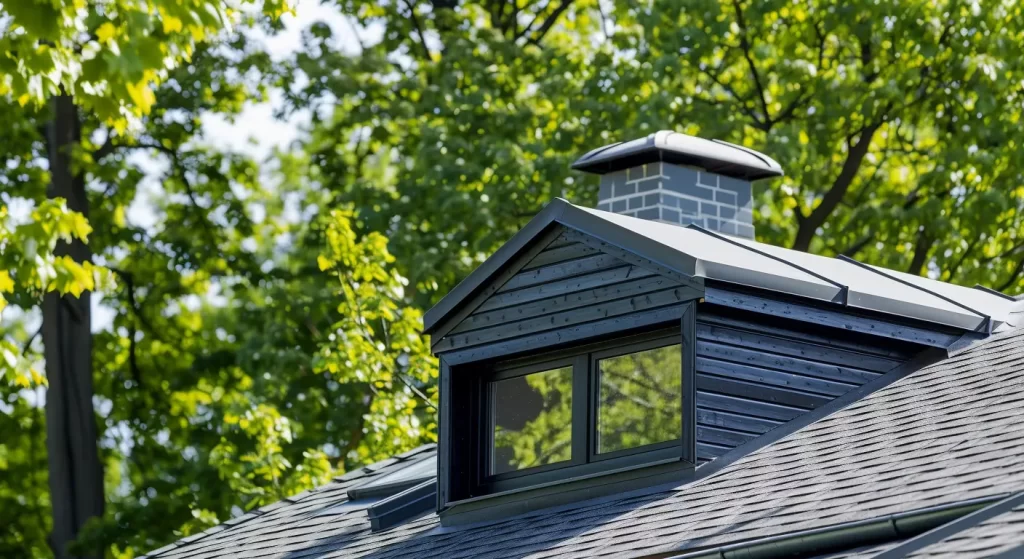
Exploring Active Roof Ventilation Systems
Active ventilation systems use mechanical means—like powered fans or turbines—to drive air movement in your attic. These roof vent solutions don’t just depend on natural forces; they use a power source to ensure consistent airflow, no matter the weather. In situations where passive systems struggle, such as with complex rooflines or low wind conditions, active ventilation stands out.
For homes in San Antonio that face extreme heat or moisture, an active system may offer superior protection. Let’s look closer at how these systems function.
How Active Ventilation Functions
Active ventilation systems use mechanical components to enhance air circulation and ensure a steady flow of fresh air into the attic. By employing exhaust and intake vents, these systems effectively remove warm, moist air, mitigating heat buildup and moisture issues like mold.
Homeowners can select from various active vent types, including power and turbine vents, tailored to their roofing designs and environmental conditions. The efficiency of these systems depends on their power source and proper installation, which are vital for prolonging roof life and improving energy efficiency.
Popular Types of Active Roof Vents
Active roof vents play a crucial role in enhancing proper attic ventilation, ensuring optimal air circulation. Powered fans, equipped with efficient fan blades, actively expel warm air and moisture buildup, reducing energy costs associated with heating and cooling. Turbine vents utilize wind power to facilitate airflow, making them an eco-friendly choice. Solar vents harness solar energy, offering a sustainable option for reducing heat buildup without relying on external power sources. Together, these types of active vents significantly contribute to the longevity of your roof and overall energy efficiency.
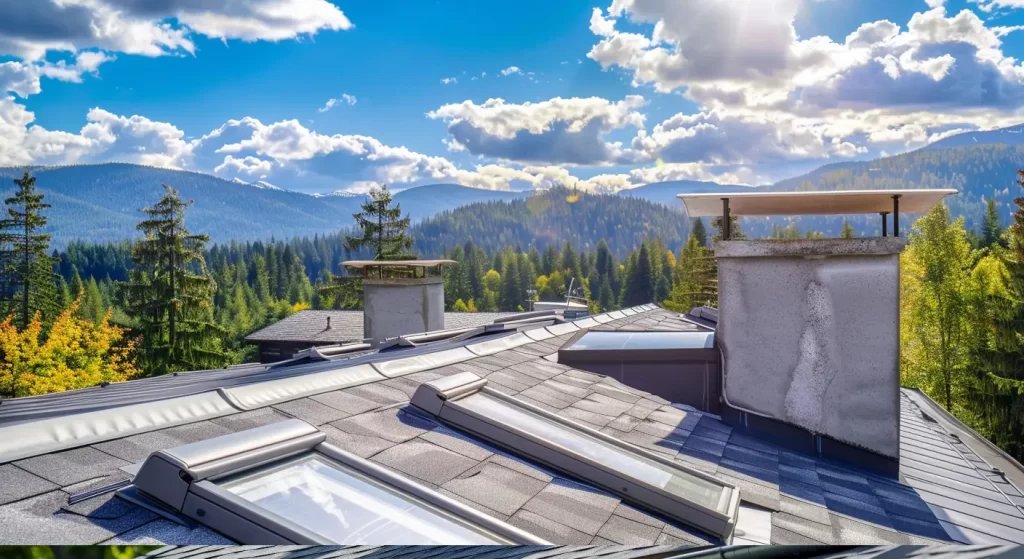
Passive vs. Active Roof Vents: Key Differences and Similarities
Passive and active roof ventilation systems each offer unique advantages. Passive ventilation uses natural airflow, requires minimal maintenance, and is energy-free. Active systems, on the other hand, use mechanical means to guarantee air circulation regardless of weather, making them effective for complex or larger roofs.
When comparing these types of vents, consider your local climate, roof style, and energy goals. Both can be effective, but the right choice often depends on the specific needs of your home and attic. Next, we’ll compare their pros and cons.
Pros and Cons of Passive Ventilation
Passive roof ventilation systems provide significant energy efficiency by utilizing natural airflow to circulate air and reduce energy costs. Ridge and soffit vents, which have no moving parts, require minimal maintenance and enhance roof longevity by reducing moisture buildup and mold growth.
However, there are drawbacks. Their effectiveness can be affected by weather conditions and roof pitch. In areas with low airflow, these systems may struggle to control heat and moisture, potentially needing additional active ventilation in excessively hot regions.
Pros and Cons of Active Ventilation
Active ventilation systems, such as attic fans and power vents, mechanically enhance airflow to regulate moisture and heat, preventing mold growth and extending roof life. They adapt to real-time climate changes for optimal performance.
However, they require a power source, which can raise energy costs and make them less efficient than passive systems. Regular maintenance is needed due to moving parts that may incur costly repairs. Additionally, improperly sized vents can disrupt airflow balance. Weighing these pros and cons is crucial for effective roof ventilation.
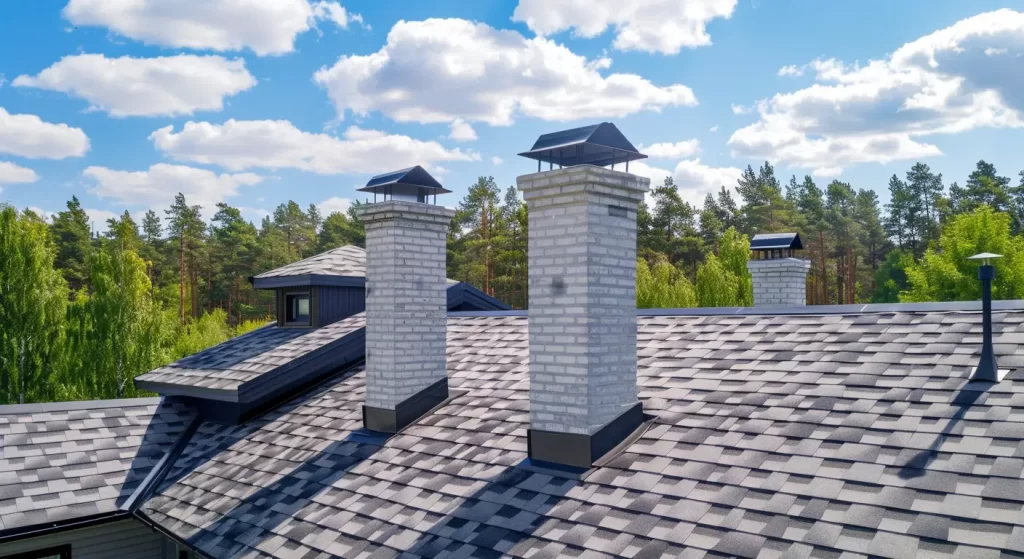
Cost Comparison: Installation, Operation & Maintenance
Deciding between passive and active vent systems often comes down to costs. Passive vents generally have lower installation, operation, and maintenance expenses because they use natural airflow and minimal hardware. Active vent systems, by contrast, require a power source—like electricity or solar panels—leading to higher upfront and ongoing costs.
Knowing the cost differences helps homeowners choose the most cost-effective solution for their roof ventilation needs. Next, we’ll break down typical expenses for each system so you can make an informed decision.
Typical Costs for Passive Systems
Investing in passive ventilation systems is cost-effective due to their absence of mechanical parts. Installing passive roof vents, like ridge and soffit vents, typically costs $300 to $1,500, depending on your roof’s pitch, size, and vent types. A well-designed passive system enhances airflow and regulates attic temperatures, leading to significant long-term energy savings.
Maintenance costs are lower than for active systems since passive vents have no moving parts. They also reduce moisture buildup and mold growth, extending roof lifespan. Proper attic ventilation safeguards your home and maximizes your roof investment.
Typical Costs for Active Systems
Investment in active roof ventilation systems varies significantly based on several factors. Installation costs range from a few hundred to several thousand dollars, influenced by complexity, vent type, and roof design. Powered attic fans and solar vents typically have higher initial and long-term costs due to their mechanical components.
Regular maintenance is crucial for optimal performance; neglect can lead to moisture buildup and costly repairs. Consider upfront costs against potential energy savings and your roof’s longevity to choose the best ventilation system for your home.
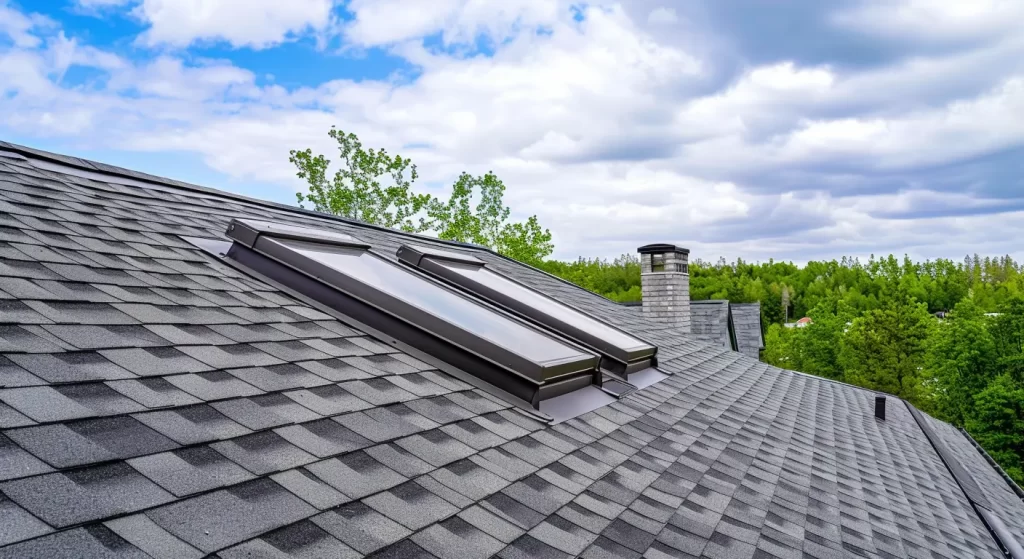
Get a Free Quote Today
In conclusion, choosing between passive and active roof vent systems depends on your needs. Each has its advantages and drawbacks, impacting your home’s ventilation. A well-ventilated roof enhances the longevity of roofing materials and boosts energy efficiency. As an Owens Corning preferred contractor, GAF certified installer, and holder of a BBB A+ rating, along with certifications from CTRCA and Directorii, we have over 25 years of experience in San Antonio, TX to help you make the right choice for your situation. Contact us today for a consultation to ensure your roof is tough and built to last!
Read our blog: Recyclable Roofing Materials: What’s Actually Available Now
Frequently Asked Questions
What are the disadvantages of passive ventilation?
Passive ventilation may be less effective during calm weather or with complex roof designs. Its reliance on natural airflow means limited performance if your roof pitch or local weather doesn’t support smooth air movement, sometimes resulting in inadequate ventilation in certain situations.
Are passive vents any good?
Yes, passive vents can be highly effective. They use natural forces to move air, offering excellent energy efficiency, long-term reliability, and almost no maintenance. For homes with simple roof structures and steady weather, passive systems help extend the longevity of your roof at minimal cost.
